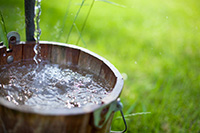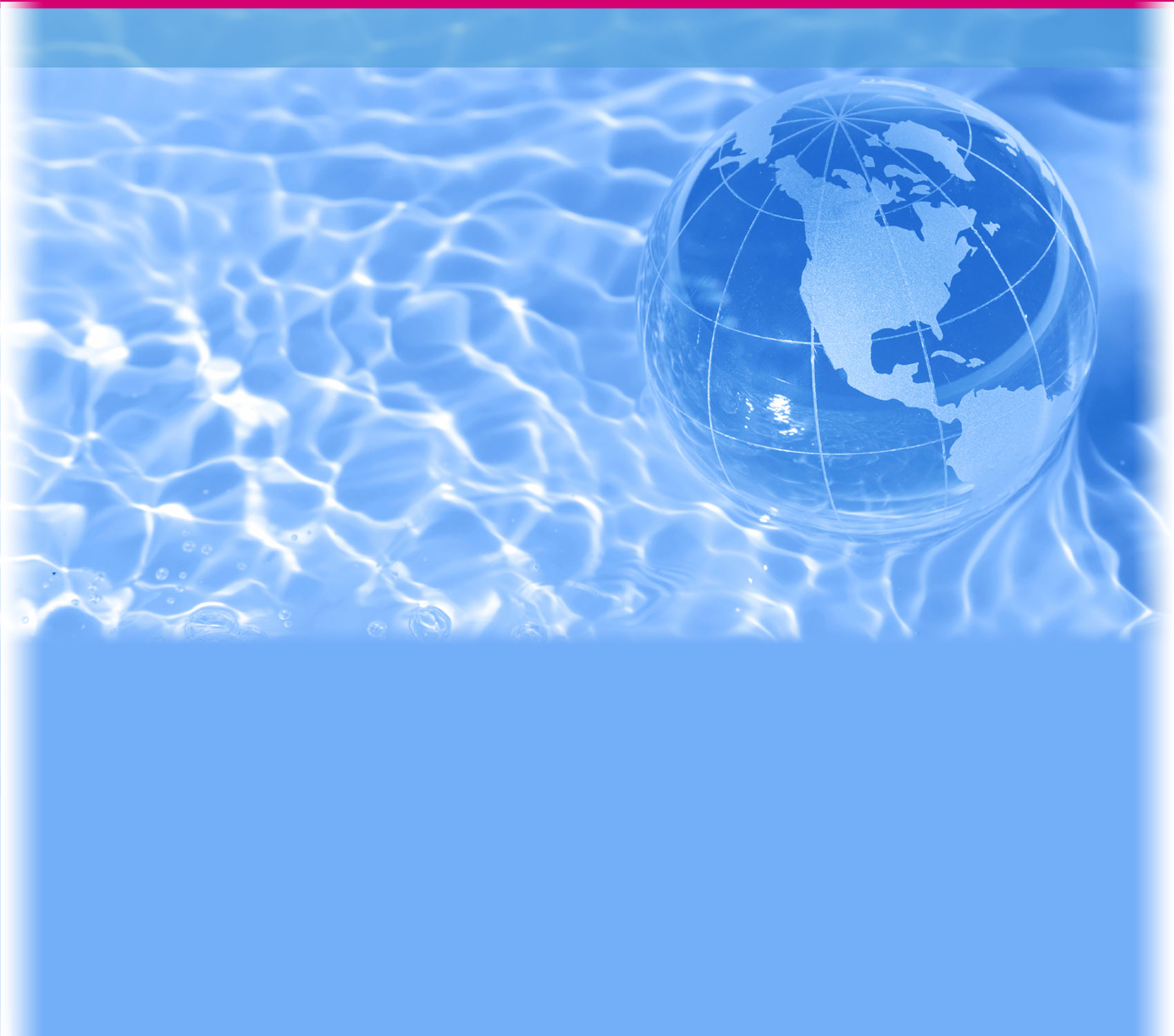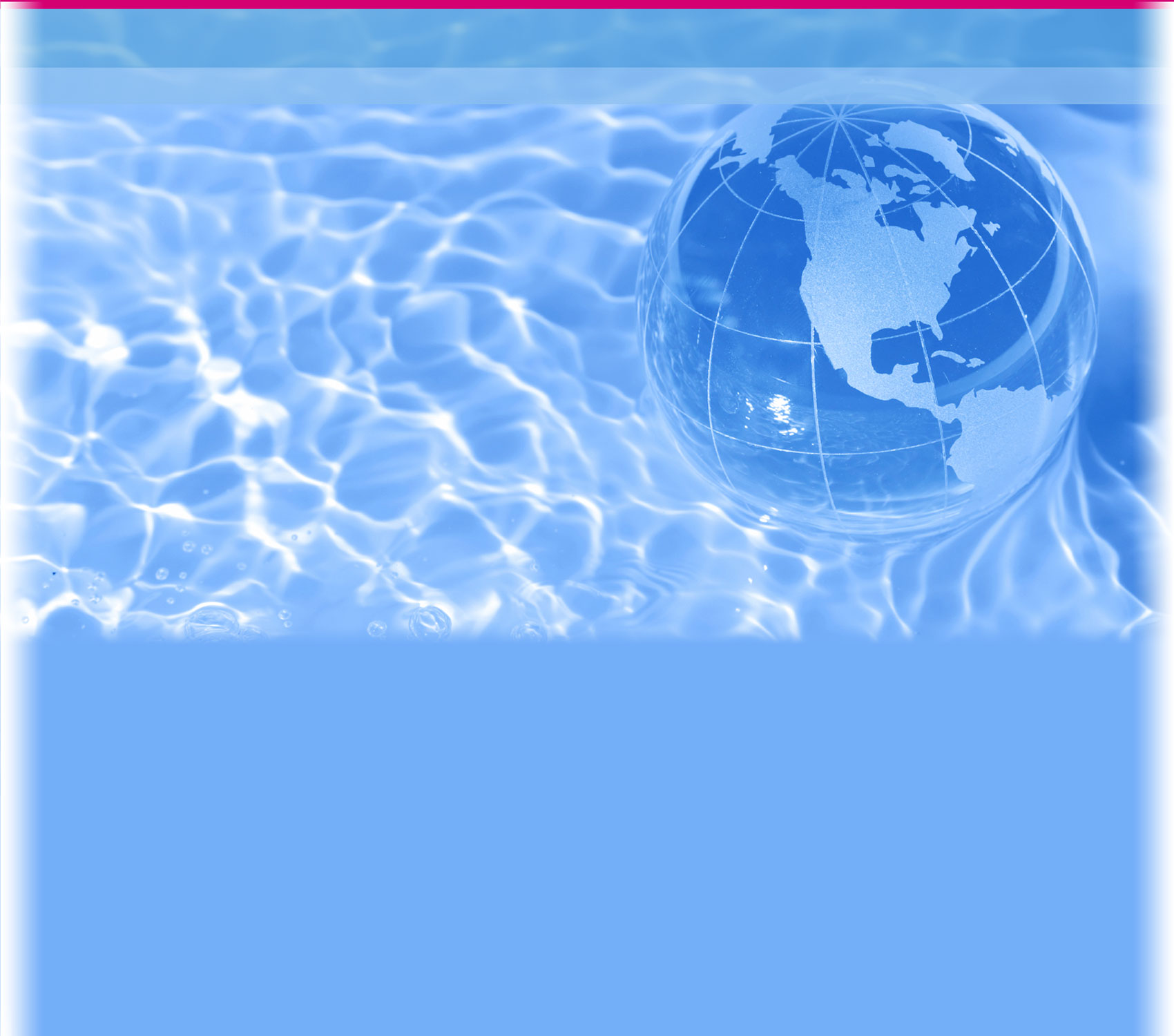Your Challenge

Between 1990 and 2010, the U.N. estimates that over two billion people gained access to improved drinking water through sources like protected wells.
Now that you have researched the issue of global access to clean water, it is time to form a STEM team. With your team, read your challenge and then select a region of the world and learn more about the water problems faced in that region. Your team will have three phases of work:
- Phase 1 - Research water access in a particular region and write a brief describing your findings.
- Phase 2 - Research, design and build a water purification system to provide access to clean water.
- Phase 3 - Create a marketing campaign to build awareness about issues related to access to clean water in the region you selected.
Your Challenge:
Governments, humanitarian organizations and volunteers around the world have been working for decades to improve sustainable access to safe drinking water—and their work is making a difference. Between 1990 and 2010, the United Nations estimates that over two billion people gained access to improved drinking water through sources like piped water and protected wells.
For your challenge, you will investigate what more can be done in regions of the world where access to safe drinking water is poor or problematic. You will explore innovative water treatment solutions that can transform polluted water and wastewater into clean drinking water. Your team should first choose a region of the world that lacks adequate access to clean water, conduct research and prepare a brief on what you find. (Choose from the following areas: Sub-Saharan African countries, India and Pakistan, China and the Middle East.) Next, your team will design a solution that will expand the availability of clean drinking water through a scalable water purification system. Finally, you will be responsible for developing a marketing campaign to build awareness about the issue.


